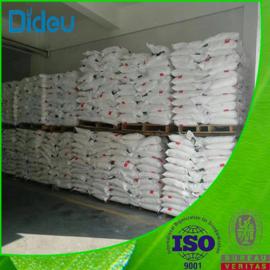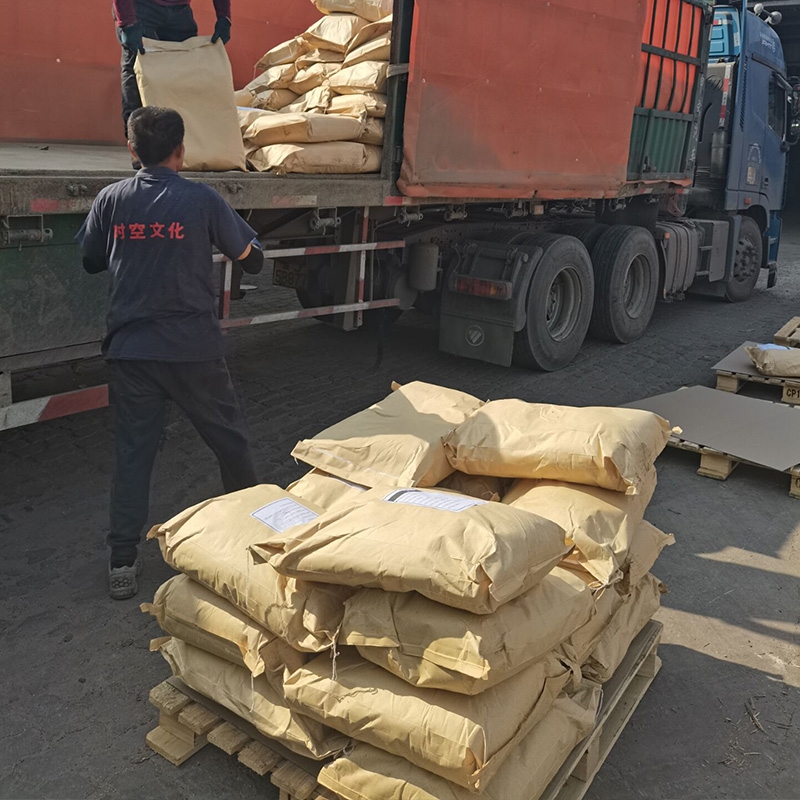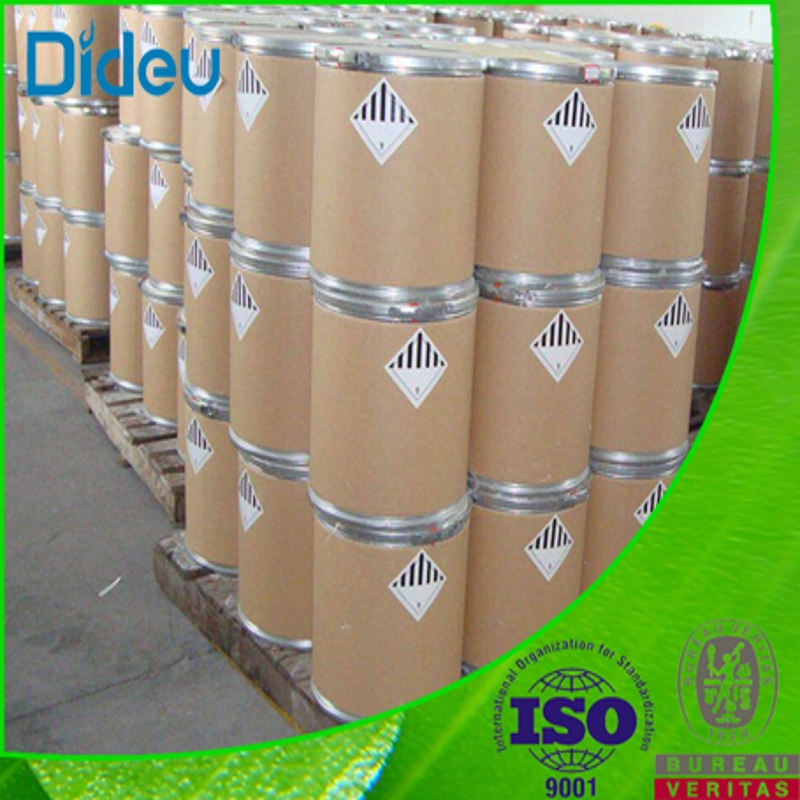-
Categories
-
Pharmaceutical Intermediates
-
Active Pharmaceutical Ingredients
-
Food Additives
- Industrial Coatings
- Agrochemicals
- Dyes and Pigments
- Surfactant
- Flavors and Fragrances
- Chemical Reagents
- Catalyst and Auxiliary
- Natural Products
- Inorganic Chemistry
-
Organic Chemistry
-
Biochemical Engineering
- Analytical Chemistry
-
Cosmetic Ingredient
- Water Treatment Chemical
-
Pharmaceutical Intermediates
Promotion
ECHEMI Mall
Wholesale
Weekly Price
Exhibition
News
-
Trade Service
This article shares the diagnosis and treatment process of an 82-year-old elderly patient with prostate cancer recurrence in renal failure, hoping to provide useful information for clinicians and patients! Case Scenario An 82-year-old male presented with a rise in PSA (21 ng/ml) in July 2015
.
In 2008, the patient had received androgen deprivation therapy (ADT) and prostate radiation therapy (74Gy)
.
The patient presented with grade III renal failure with a glomerular filtration rate (eGFR) of 30–40 ml/min, had previously undergone laminectomy, and had a history of osteoarthritis and lumbar spinal stenosis
.
In August 2015, the patient underwent a bone scan and only degenerative changes were detected
.
CT scans found no evidence of metastatic disease
.
However, in September 2015, further evaluation of a 68Ga PSMA-11 PET scan revealed undetermined, slightly prominent pelvic lymph nodes
.
At the time of the PSMA PET scan, the patient's PSA had risen to 29 ng/ml and the following month to 40 ng/ml
.
At this point, the eGFR was 35 ml/min
.
Imaging findings on a 68Ga PSMA-11 PET scan suggest recurrence of prostate cancer with lymph node involvement in the left supraclavicular, mediastinum, retropedicular, para-aortic and aortic, pelvic, and inguinal regions (Figure 1)
.
Figure 1 PSMA PET coronal image and fused PSMA PET/CT image showed significant uptake of PSMA-active lymph nodes in the left clavicle, mediastinum, and retroperitoneum, as well as mass in the prostate (arrows)
.
Given the patient's previous treatment history and comorbidities, based on signed informed consent, the patient received peptide receptor radionuclide therapy (PRRT), including three cycles of 177Lu-PSMA imaging and therapy (I&T): 6.
77GBq, 6.
5 GBq and 4.
9GBq
.
Considering that the patient's renal function was impaired, the dose was reduced
.
After treatment with Lu-177 PSMA, the patient's PSA decreased to a nadir of 1.
2 ng/ml, and the PSMA-avid lesions in the pelvis were significantly reduced (Figures 2 and 3)
.
Post-treatment adverse reactions included mild (grade 1) dry mouth and short-term somnolence
.
There were no significant changes in complete blood count (CBC) or liver function tests (LFT), and eGFR increased to 41 ml/min, which may be due to a decrease in obstructive urinary tract lesions and a decrease in recurrent prostate lesions due to previous adenopathy
.
Figure 2 Pre-treatment images (upper row) showing PSMA-occupying lymph nodes
.
The post-treatment images are shown in the lower row of arrows
.
Figure 3 Pre-treatment images (top row) showing PSMA-occupying lymph nodes within the aortic lumen, left para-aortic, and left inguinal regions
.
It can also be seen that localized lesions localized to the prostate have strong uptake
.
The post-treatment images are shown in the lower row of arrows
.
In addition, prostate PSMA uptake levels also improved
.
At the end of 2017, the PSA increased to 6.
5 ng/ml and the prostate cancer recurred for the second time
.
At this time, the patient was still in renal failure (eGFR: 30~40ml/min)
.
In early February 2018, the patient additionally received 177Lu-PSMA I&T (5.
98 GBq)
.
Although the patient's PSA fell for 7 months, it began to rise again, reaching 7.
5 ng/ml in February 2019
.
At this point, the patient was started on well-tolerated intermittent, low-dose enzalutamide (80 mg daily)
.
The patient's eGFR remained between 25 and 30 ml/min, and except for mild anemia (hemoglobin 11.
7 g/dl), other indicators including CBC, LFT, electrolyte levels, and lactate dehydrogenase levels were normal
.
By November 2019, the PSA dropped to the lowest point of 0.
39 ng/ml, and the biochemical characteristics continued to be stable
.
A PSMA PET scan (Figure 4) prior to enzalutamide treatment showed several small and persistent bone metastases in the prostate
.
Figure 4 PSMA PET
.
The left picture shows the 2019 PSMA PET scan results showing multiple small-volume lesions; the right picture shows the use of low-dose enzalutamide in 2020 (with the PSA rising again), repeat PSMA PET showed persistent lesions in the prostate, Almost all previously identified PSMA bone metastases improved except for the right posterior ilium
.
In early 2020, the patient's PSA began to rise (1.
6 ng/ml), and a repeat PSMA PET scan (Fig.
4) showed that most of the PSMA bone metastases regressed, but the prostate lesions persisted, and the right retroiliac lesions persisted
.
and has been controlled with increasing doses of enzalutamide (120 mg per day)
.
The latest status in May 2021 is asymptomatic prostate cancer with stable biochemical profile and PSA of 3.
5ng/ml (PSA doubling time greater than 12 months)
.
Discussion As shown in this case and described in the literature, patients with lymph node lesions responded well to 177Lu-PSMA therapy
.
Treatment with 177Lu-PSMA is well tolerated in elderly patients without specific nephrotoxicity, and therefore may be judiciously administered in patients with renal insufficiency
.
And the protocol can be repeated safely and efficiently
.
Equally important, novel antiandrogen therapy as a follow-up treatment after radionuclide therapy may provide additional options for elderly and renally impaired patients who cannot tolerate chemotherapy
.
PSMA PET can also help characterize disease that does not respond to treatment
.
Conclusions As shown in this case, PSMA PET can monitor disease progression and guide treatment
.
177Lu-PSMA and enzalutamide treatment can improve the efficacy and survival of patients with renal insufficiency
.
References Nat Lenzo, MMed MSc(Oncol) EMBA FRACP FAANMS; Jaideep S.
Sohi, MD DISCLOSURES Appl Radiol.
2021;50(5):40-43.







